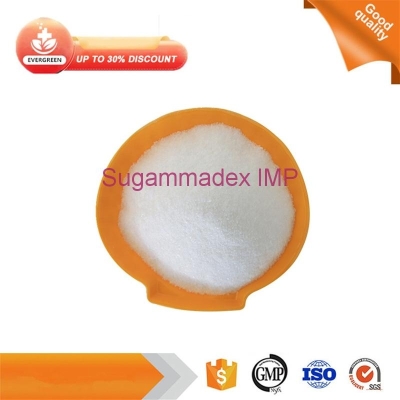Study reveals the role of pancreatitis associated protein-I in neuropathic pain and its mechanism
-
Last Update: 2020-01-15
-
Source: Internet
-
Author: User
Search more information of high quality chemicals, good prices and reliable suppliers, visit
www.echemi.com
On January 8, the Journal of neuroscience published a research paper entitled "nerve injury induced neural PAP-I maintenances neural pain by activating spinal microglia" online The research was completed by the brain science and intelligent technology innovation center / Neuroscience Research Institute of Chinese Academy of Sciences, Zhang Xu research group of National Key Laboratory of neuroscience, and Bao Lan research group of Molecular Cell Science Innovation Center / Biochemistry and Cell Biology Research Institute of Chinese Academy of Sciences and National Key Laboratory of cell biology Neuropathic pain is a chronic pain caused by nerve injury Although many studies have tried to reveal the mechanism of neuropathic pain so far, little is known about its long-term maintenance mechanism Pancreatitis associated protein (Pap) is a small molecular weight secretory protein belonging to calcium dependent lectin family In the nervous system, PAP protein has been found to participate in the process of regeneration after nerve injury However, it is not clear whether PAP plays a role in the development of pain The team found that the expression of PAP-I in dorsal root ganglia (DRG) neurons of neuropathic pain model rats increased significantly, suggesting that PAP-I may play a role in the development of chronic pain After nerve injury, the distribution of PAP-I expression experienced a process from small-diameter neurons to large-diameter neurons and then to small-diameter neurons The PAP-I produced by DRG neurons can be transported to the peripheral and spinal dorsal horn at the same time Behavioral experiments showed that exogenous PAP-I protein could induce hyperalgesia in the sheath rather than in the sole of the foot, indicating that PAP-I, which was induced by peripheral nerve injury and transported to the dorsal horn of the spinal cord, had a pain promoting effect At the same time, the study also found that PAP-I knockout rats can establish pain sensitive response after nerve injury, but with the passage of time, 43 days after mechanical touch induced pain has significantly reduced, suggesting the role of PAP-I in the maintenance of neuropathic pain Further study of the mechanism of PAP-I showed that PAP-I could act on CC chemokine receptor 2 (CCR2) and activate spinal microglia through ccr2-p38 MAPK pathway The pain sensitivity induced by PAP-I could be alleviated by microglia inhibitor or CCR2 inhibitor Therefore, DRG neurons maintain long-term neuropathic pain process by releasing pain promoting factor PAP-I after peripheral nerve injury
This article is an English version of an article which is originally in the Chinese language on echemi.com and is provided for information purposes only.
This website makes no representation or warranty of any kind, either expressed or implied, as to the accuracy, completeness ownership or reliability of
the article or any translations thereof. If you have any concerns or complaints relating to the article, please send an email, providing a detailed
description of the concern or complaint, to
service@echemi.com. A staff member will contact you within 5 working days. Once verified, infringing content
will be removed immediately.







